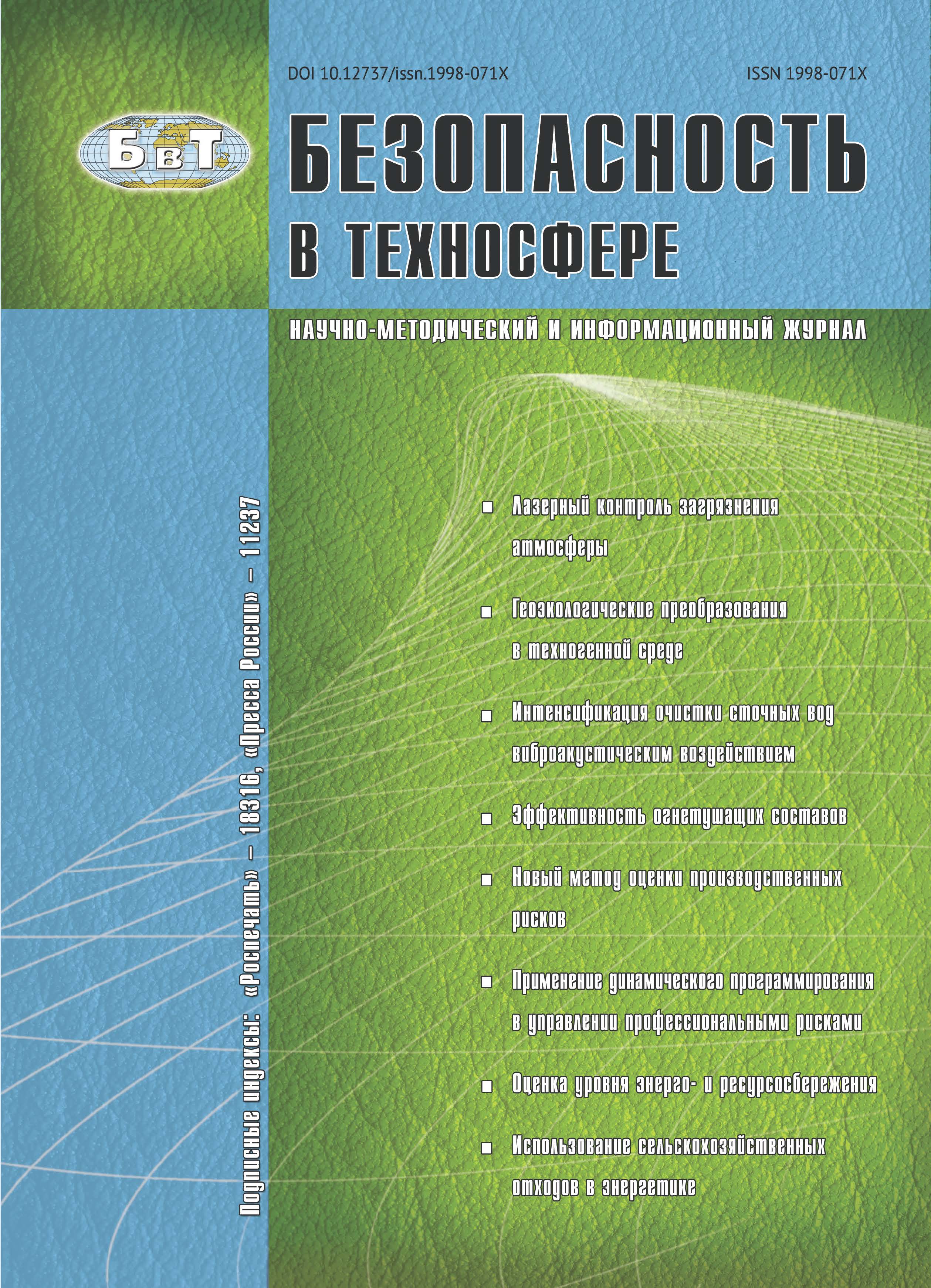Moskva, Moscow, Russian Federation
Moscow, Russian Federation
Moskva, Moscow, Russian Federation
Moskva, Moscow, Russian Federation
Development and updating of systems for internal-combustion engines’ exhaust gases treatment under tightened limits for toxics emissions continues to be an urgent issue. The usage of computational fluid dynamics methods in the design of such systems presents a significant practical value. In this work has been considered and realized a calculation procedure for evaporation and thermal decomposition of urea in SCR-systems based on ANSYS Fluent. The calculated results have been compared with existing experimental data. It has been concluded that the developed calculation procedure can be used for efficiency estimation of SCRsystems for internal-combustion engines’ exhaust gases.
piston engine, exhaust gases, nitrogen oxides, SCR, urea injection, evaporation, thermal decomposition, calculation procedure.
1. Введение
На современном этапе развития двигателестроения вводятся все более ужесточающиеся требования к предельно допустимому уровню выбросов токсичных веществ с отработавшими газами (ОГ) двигателей внутреннего сгорания (ДВС) [1, 2].
1. Markov V. A., Bashirov R. M., Gabitov I. I. Toksichnost’ otrabotavshikh gazov dizeley [Toxicity of Diesel Engines Exhaust Gases]. Moscow, «MGTU imeni N. E. Baumana» Publ., 2002. 376 p. (in Russian)
2. Aleksandrov A. A., Arkharov I. A., Bagrov V. V., Devyanin S. N., Ksenofontov B. S., Lobanov B. S., Markov V. A., Sereda A. V., Sharin E. A., Shpak A. V. Ed. by Aleksandrov A. A., Markov V. A. Neftyanyje motornyje topliva: ekologicheskije aspekty primenenija [Petroleum Fuel: Environmental Aspects of their Use]. Moscow, LLC «NITS «Inzhener» Publ., LLC «Oniko-M» Publ., 2014. 691 p. (in Russian)
3. Markov V. A., Devyanin S. N., Markova V. V. Otsenka ekologicheskoy bezopasnosti silovykh ustanovok s dizel’nymi dvigatelyami [Assessment of the environmental safety of power plants with diesel engines]. Bezopasnost’ v tekhnosfere [Safety in Technosphere]. 2014, I. 2, pp. 23-32. (in Russian)
4. Markov V. A., Markova V. V., Sivachev V. M., Sivachev S. M. Optimizatsiya sostava smesevogo biotopliva dlya dizel’nykh dvigateley [Optimization of the composition of the mix of biofuel for diesel engines]. Bezopasnost’ v tekhnosfere [Safety in Technosphere]. 2014, I. 6, pp. 19-30. (in Russian)
5. Nova I.; Tronconi E. Urea-SCR Technology for deNOx After Treatment of Diesel Exhausts. New York, NY: Springer, 2014. 716 p.
6. ANSYS Fluent Theory Guide. Available at: https://support.ansys.com/AnsysCustomerPortal/en_us/Knowledge+ Resources/ Online+Documentation/Current+Release (Accessed 15 January 2017).
7. Kavtaradze R. Z. Teoriya porshnevykh gvigateley. Spetsial’nye glavy [The theory of piston engines. Special chapters]. Moscow, «MGTU imeni N. E. Baumana» Publ., 2008. 720 p. (in Russian).
8. Reitz R. D. Mechanisms of Atomization Processes in High-Pressure Vaporizing Sprays. Atomization and Spray Technology. 1987, Vol. 3, pp. 309-337.
9. Liu A. B., Mather D., Reitz R. D. Modeling the Effects of Drop Drag and Breakup on Fuel Sprays. SAE Technical Paper Series. 1993. I. 930072. pp.1-12
10. Koebel M., Elsener M., Kleemann M. Urea-SCR: a Promising Technique to Reduce NOx Emissions from Automotive Diesel Engines. Catalysis Today. 2000, Vol. 59, pp. 335-345.
11. Ranz W. E., Marshall W. R. Evaporation from Drops, Part I. Chemical Engineering Progress. 1952, I. 48, pp. 141-146.
12. Ebrahimian V., Nicolle A., Habchi C. Detailed Modeling of the Evaporation and Thermal Decomposition of Urea-Water Solution in SCR Systems // AIChE Journal. 2012. Vol. 58. P. 1998-2009.
13. Sazhin S. S. Advanced Models of Fuel Droplet Heating and Evaporation // Progress in Energy and Combustion Science. Elsevier Science. 2006. № 32. P. 162-214.
14. Sparrow E. M., Gregg J. L. The Variable Fluid Property Problem in Free Convection. Transactions of the American Society of Mechanical Engineers. 1958, Vol. 80, I. 5, pp. 879-886.
15. Rota R., Antos D., Zanoelo E. F., Morbidelly M. Experimental and Modeling Analysis of the NOx OUT Process. Chemical Engineering Science. 2002, Vol. 57, pp. 27-38.
16. Yim S. D., Kim S. J., Baik J. H., Nam I., Mok Y. S., Lee J. H., Cho B., Oh S. H. Decomposition of Urea into NH3 for the SCR Process. Industrial & Engineering Chemistry Research. 2004, Vol. 43, pp. 4856-4863.
17. Schaber O. M., Colson J., Higgins S., Thielen D., Anspach B., Brauer J. Thermal Decomposition (Pyrolysis) of Urea in an Open Reaction Vessel. Thermochimica Acta. 2004, Vol. 424, pp. 13-14.
18. Birkhold F., Meinghast U., Wasserman P., Deutschmann O. Modeling and Simulation of the Injection of Urea-Water-Solution for Automotive SCR DeNOx Systems. Applied Catalysis B: Environmental. 2007, Vol. 70, pp. 119-127.
19. Kim J. Y., Ryu S. H., Ha J. S. Numerical Prediction on the Characteristics of Spray-Induced Mixing and Thermal Decomposition of Urea Solution in SCR System. Proceedings of the Technical Conference of the ASME Internal Combustion Engine Division, Long Beach, California USA, 2004.
20. Park T., Sung Y., Kim T., Lee I., Choi G., Kim D. Effect of Static Mixer Geometry on Flow Mixing and Pressure Drop in Marine SCR Applications. International Journal of Naval Architecture and Ocean Engineering. 2014, I. 6, pp. 27-38.
21. Regner M., Östergren K., Trägårdh C. Effect of Geometry and Flow Rate on Secondary Flow and the Mixing Process in Static Mixers - A Numerical Study. Chemical Engineering Science. 2006, Vol. 61, I. 18, pp. 6133-6141.
22. Thakur R. K., Vial C., Nigam K. D.P., Nauman E. B., Djelveh G. Static Mixers in the Process Industries - a Review. Chemical Engineering Research and Design. 2003, Vol. 81, I. 7, pp. 787-826.
23. Zhang X., Romzek M. 3-D Numerical Study of Flow Mixing in Front of SCR for Different Injection Systems. SAE Technical Paper Series. 2007, I. 2007-01-1578, pp. 1-16.
24. Niki Y., Hirata K., Kishi T., Inaba T., Takagi M., Fukuda T., Nagai T., Muraoka E. SCR System for NOx Reduction of Medium Speed Marine Diesel Engine. CIMAC Congress, Bergen. 2010, Paper I. 228, pp. 1-11.






